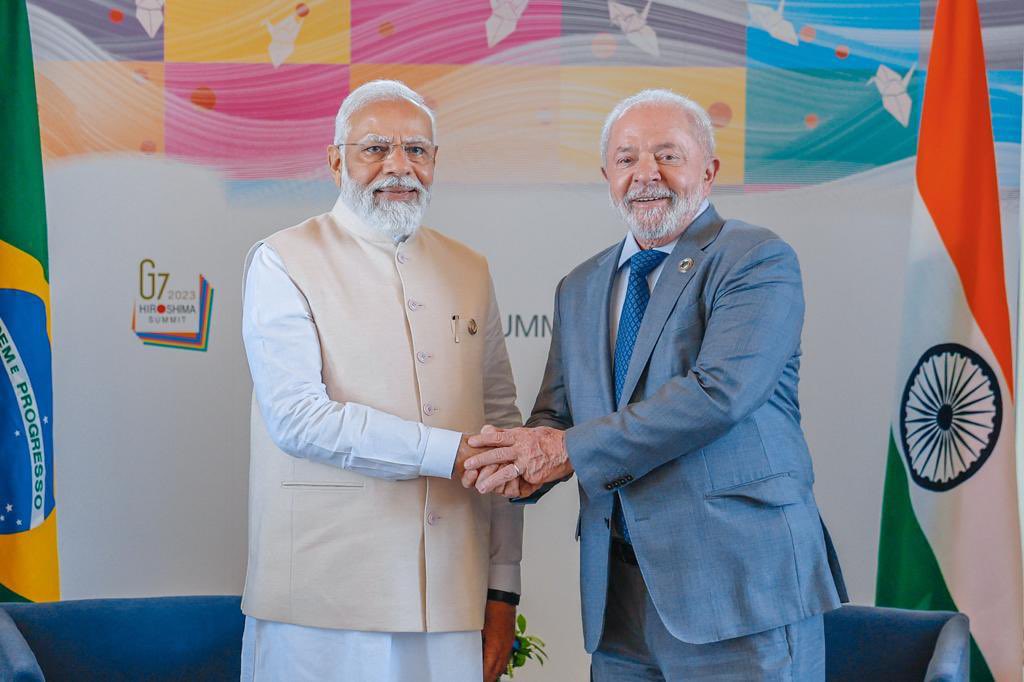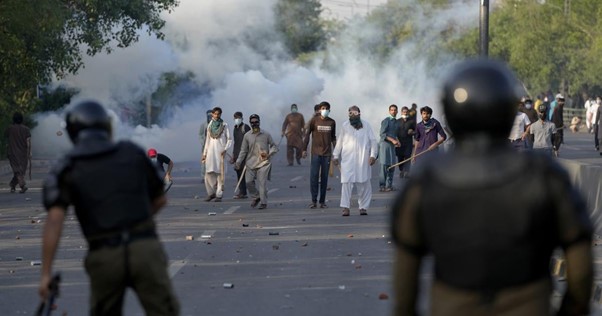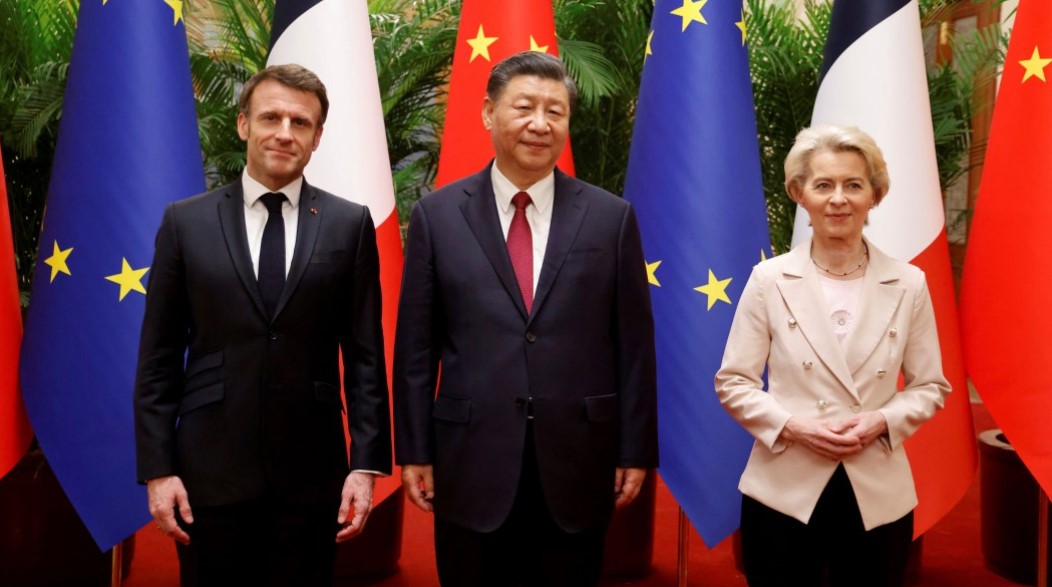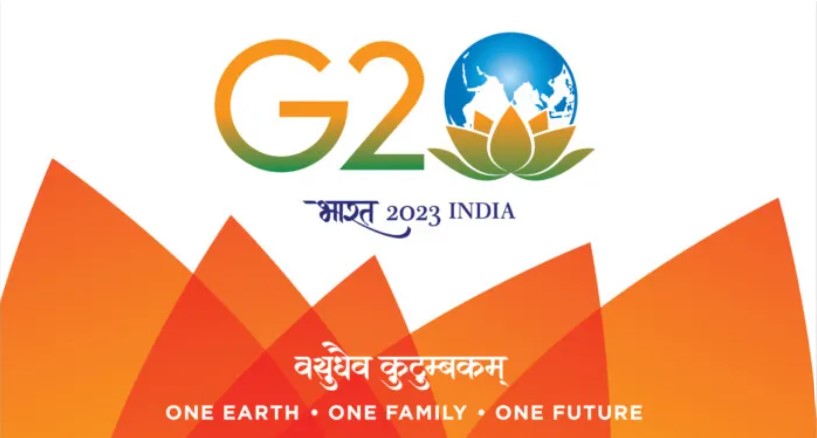Indigenization of the Defense Manufacturing
Mon, 30 May 2022 | Reading Time: 3 minutes
“ How long can the world’s second largest population, second largest Army and the largest democracy remain dependent only on imports when it comes to defense? ”
India is leading in the fields of technology and peacekeeping throughout the world. As a major power it is equally important for us to strengthen our defense manufacturing as well as research and development. In recent years, expenditure on defense has been rising but we have become one of the largest importers of arms and ammunition. While it makes India more stronger in the subcontinent but continuously rising imports are causing strain on our forex reserves. It is therefore important to develop a self reliance in defense manufacturing.
Recently to give a thrust to Aatmanirbhar Bharat in the defense sector, Prime Minister Narendra Modi, formally handed over indigenously designed and developed equipment to the Armed forces Service Chiefs. HAL- designed and developed Light Combat Helicopter were handed over to the Chief of the Air Staff; Drones and UAVs designed and developed by Indian startups were given to the Chief of the Army Staff, and DRDO designed and Bharat Electronics Limited (BEL) manufactured Advanced Electronic Warfare suite for naval ships were handed over to the Chief of Naval Staff by the Prime Minister. Besides, the Prime Minister also laid the foundation stone of the Rs 400 crore project at Jhansi node of the UP Defense Industrial Corridor. In addition to Jhansi, the corridor has nodes at Agra, Aligarh, Chitrakoot, Lucknow and Kanpur. For the Jhansi Node, the state government has made nearly 1,034 hectares of land available. The facility will involve an investment of Rs 400 crore.
Further a major step has been taken into the budget of this year as well the Ministry of Defense has been allocated a total budget of Rs 5.25 lakh crore for Financial Year 2022-23 with a focus on modernization of Defense Services and Defense Security Infrastructure development including the Border Road Infrastructure and Coastal Security Infrastructure. The total allocation under Capital Outlay of the Defense Services has been increased from Rs 86,740 crore in 2013-14 to 1.52 lakh crore in 2022-23.
CHALLENGES
1. Too Much Delay: In the past five years, the Indian government has approved over 200 defense acquisition proposals with the transfer of technology provision, valued around Rs 4 trillion, but most are still in relatively early stages of processing.
2. Public Sector Driven: India has four companies (Indian ordnance factories, Hindustan Aeronautics Limited (HAL), Bharat Electronics Limited (BEL) and Bharat Dynamics Limited (BDL) among the top 100 biggest arms producers of the world. All four of these companies are public sector enterprises and account for the bulk of the domestic armament demand. Governments usually have tended to privilege Defense Public Sector Units (DPSUs) over the private sector, despite ‘Make in India’.
3. Lack of Critical Technologies: Poor design capability in critical technologies, inadequate investment in R&D and inability to manufacture major subsystems and components hamper the indigenous manufacturing. The relationship between the R&D establishment, production agencies (public or private) and the end-user are extremely weak.
4. Long Gestation Period: The creation of a manufacturing base is capital and technology-intensive and has a long gestation period. For a factory to reach optimum levels of capacity utilization, it could take anywhere between five to 10 to even 15 years and by the time a unit commences production, any of the following developments can take place.
5. Poor Manufacturing Environment: Stringent labour laws, compliance burden and lack of skills, affects the development of indigenous manufacturing in defense.
Initiatives Taken
1. Defense Production and Export Promotion Policy 2020 (DPEPP 2020): The DPEPP 2020 is envisaged as an overarching guiding document to provide a focused, structured and significant thrust to defense production capabilities of the country for self-reliance and exports.
2. Multi-Pronged Steps Towards Self Reliant Defense Sector:
Make in India: 2014 There have been progressive changes with one focus to empower the private industry. The DPP 2016 came out with a new category called Indian IDDM (Indigenously Designed, Developed and Manufactured) If any Indian company opted for Indian IDDM, it was given preference over all other categories.
3. Strategic Partnership: A strategic partnership model allows Indian companies to collaborate with foreign OEMs and get transfer of technology, get the capability to build, manufacture India and sustain those projects in India. The first of the RFP for the conventional submarines in functioning.
4. Positive Indigenization: For the first time the government is putting a ban on itself to import any item, the Government wants to empower the indigenous industry.
Government has also released the third positive indigenization list of 101 items, comprising major equipment/platforms. First such list of 101 items and second list of 108 was earlier released in August 2020 and May last year respectively. The motive of issuing these three lists comprising 310 defense equipment’s is to be manufactured locally, reflects the growing confidence of the Government in the capabilities of domestic industry. The third list comprises highly complex Systems, Sensors, Weapons and Ammunitions like Light Weight Tanks, Mounted Arty Gun Systems, Guided Extended Range Rocket for PINAKA MLRS, Naval Utility Helicopters, Next Generation Offshore Patrol Vessels, Medium-Range Anti-Ship Missile, Medium Altitude Long Endurance Unmanned Aerial Vehicle etc.
Disclaimer
The opinions expressed in this article are the author’s own and do not reflect the views of Chanakya Forum. All information provided in this article including timeliness, completeness, accuracy, suitability or validity of information referenced therein, is the sole responsibility of the author. www.chanakyaforum.com does not assume any responsibility for the same.
Chanakya Forum is now on . Click here to join our channel (@ChanakyaForum) and stay updated with the latest headlines and articles.
Important
We work round the clock to bring you the finest articles and updates from around the world. There is a team that works tirelessly to ensure that you have a seamless reading experience. But all this costs money. Please support us so that we keep doing what we do best. Happy Reading
Support Us




















POST COMMENTS (1)
Kalidan Singh